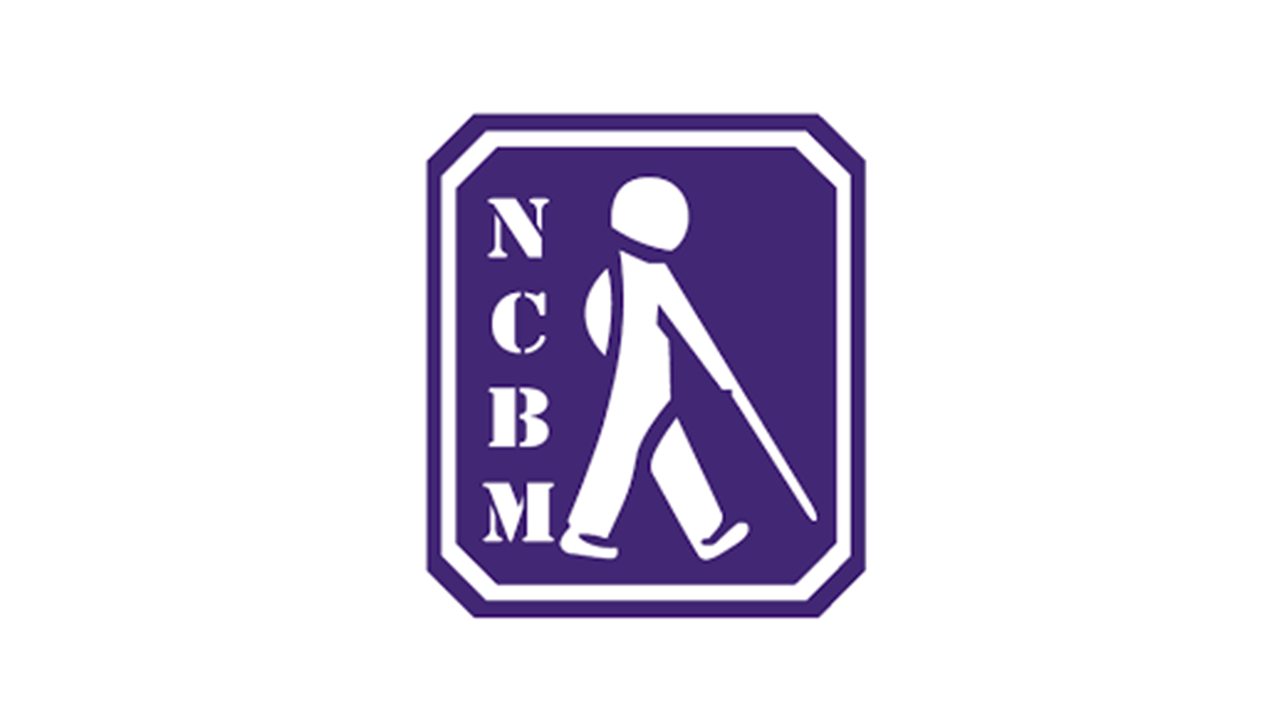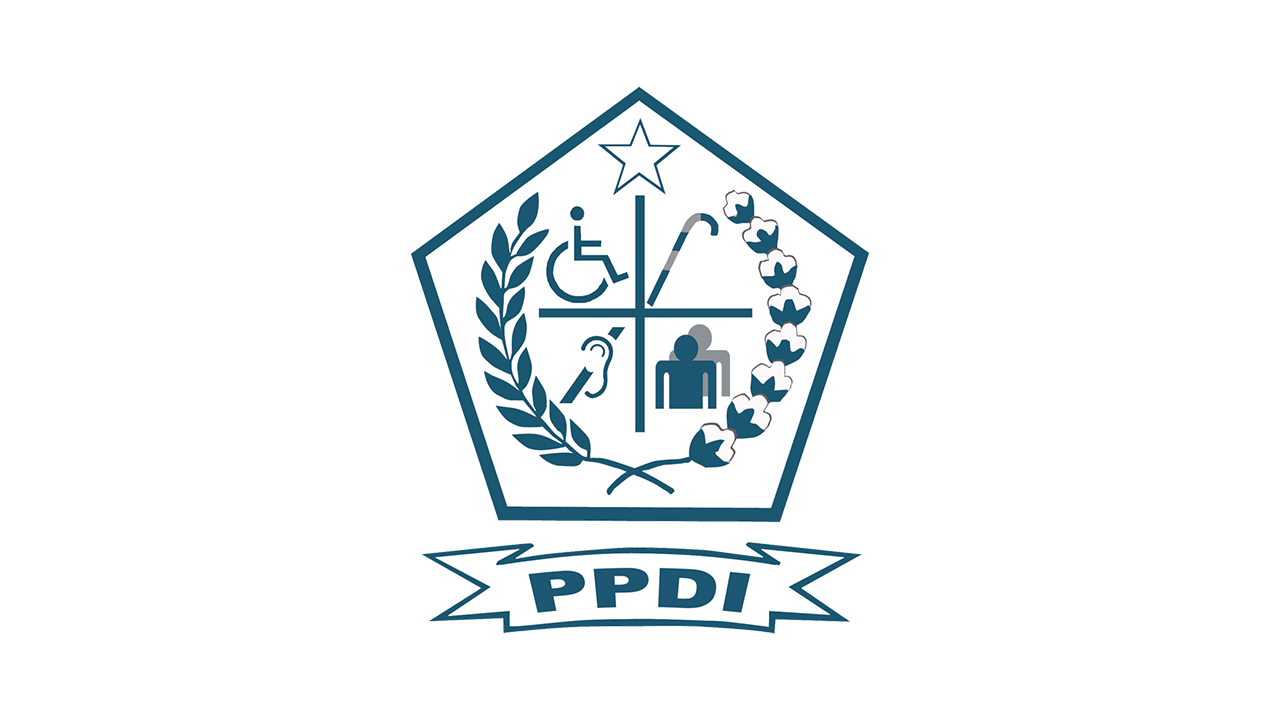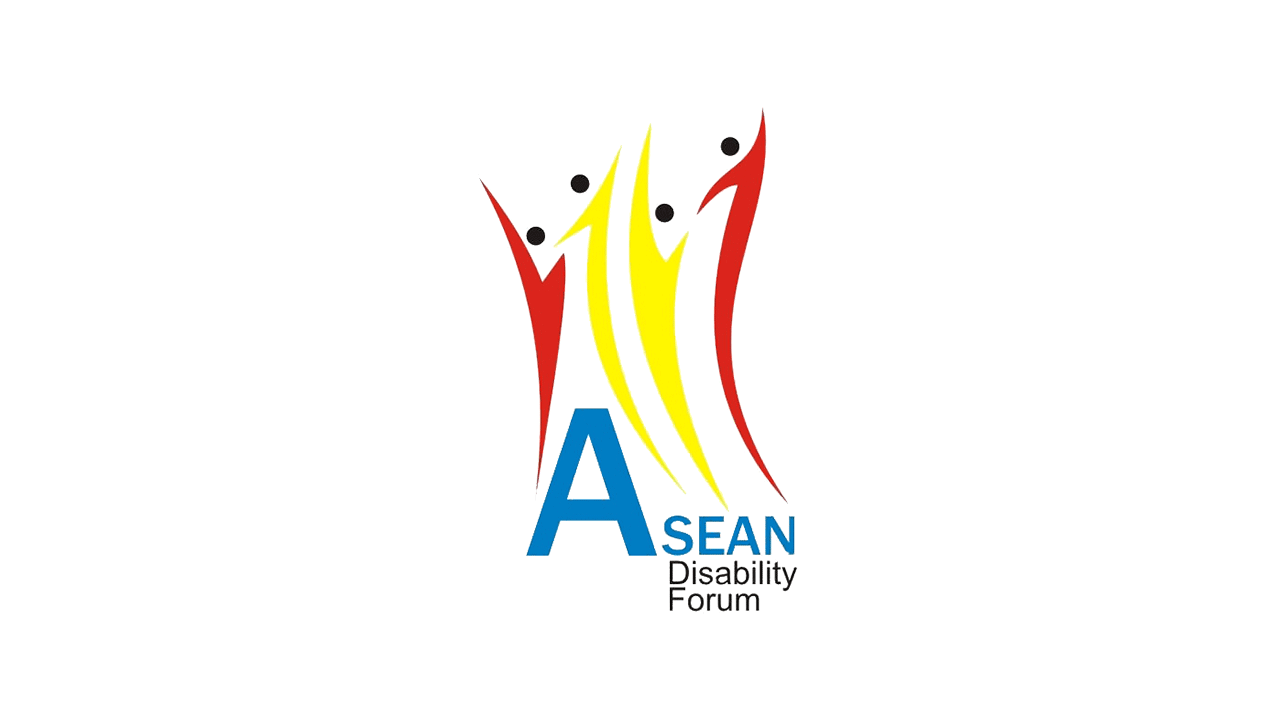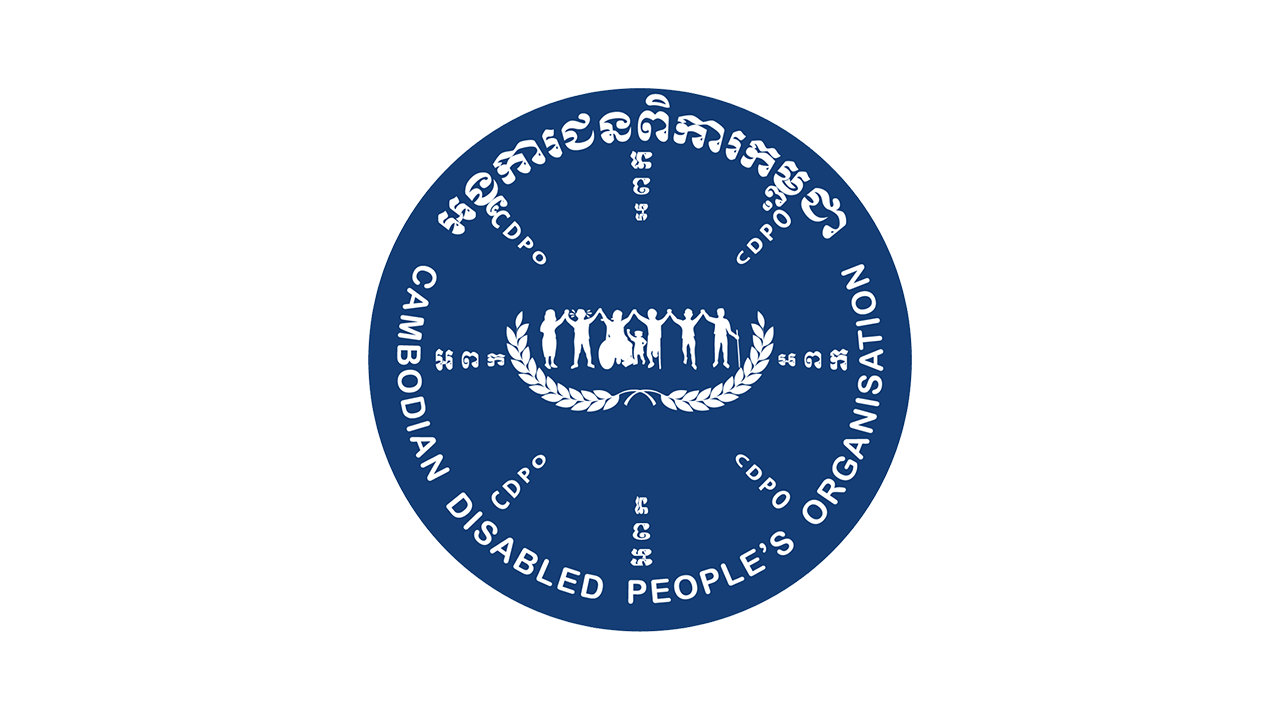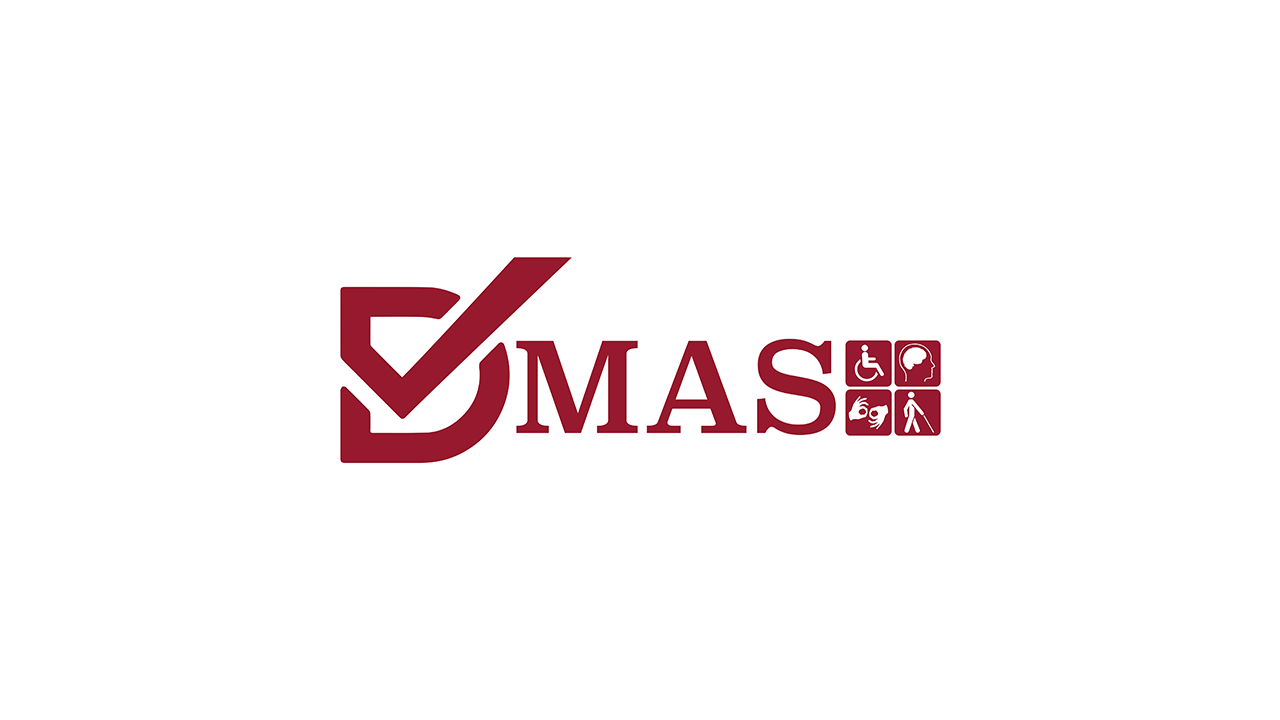What is an accessible election?
An accessible election is one in which every citizen is able to vote freely and in secret. In a fully accessible election, persons with disabilities are able to enjoy their right to vote without any barriers.
What does it take to create an accessible election?
1. Election law
To make the whole electoral process accessible, there must be a legal framework that ensures every aspect of an accessible election is met. The law will regulate how accessibility should be achieved and what the penalty will be in the case of violation.
2. Budget
The election management body must allocate funds in their budget for the provision of accessibility from the very beginning of the electoral cycle.
3. Logistics
- The voting station should be located on flat ground and the doorway should be at least 90 cm so that wheelchair users can enter, exit and move around within the voting station. When a voting station must be set up in a building with stairs, a ramp should be constructed.
- In order to ensure thatvoters who are blind can cast their votes in secret, an assistive device must be provided in each polling station. This assistive device can be in the form of a folder made of tactile material or with braille letters printed on it into which a voter can insert the ballot paper. The ballot paper should be marked so that voters who are blind can tell the direction of the paper.
- The voting booth should ideally be at least 1 meter wide and the table should be 90 cm high with an empty space underneath.
4. Training for electoral officials
Every electoral official should understand the barriers persons with disabilities encounter in a non-accessible electoral process and how to remove them. The poll worker training manual should include a section on how to administer the vote to persons with disabilities and persons with disabilities should be included as poll workers and Election Commission officials.
5. Voter education and public outreach materials
Voter education and public outreach materials must be provided in accessible formats. For example, television ads should include a sign interpreter, print ads should ads should also be available in Braille and easy-to-read format.
6. Voter registration
In this stage of the electoral process, it is imperative that all rightful voters, including those with disabilities, are properly registered. Voter registration centers should be held in accessible buildings and registration materials should be provided in accessible formats. In some countries, persons with disabilities specify what types of accommodations they need to vote so that the Election Commission can plan the provision of services accordingly.
7. Election day
Some persons with disabilities might feel reluctant to vote due to unpleasant experiences in the past. Election officials should encourage everyone to go the polling station and exercise their right to vote. Observers can help monitor the accessibility of the election. The findings of the monitor can be used to learn how accessible the elections are and if there are any areas that can be improved.
8. Complaints
In the case of violations during Election Day, persons with disabilities should be encouraged to file their complaints to the election committee. The complaints process should be accessible to persons with disabilities.
9. Evaluation
The Election Commission should hold a lessons learned session after the election and capture what worked well and what areas could be improved for the next election. Persons with disabilities and election observers should contribute to the lessons learned.




